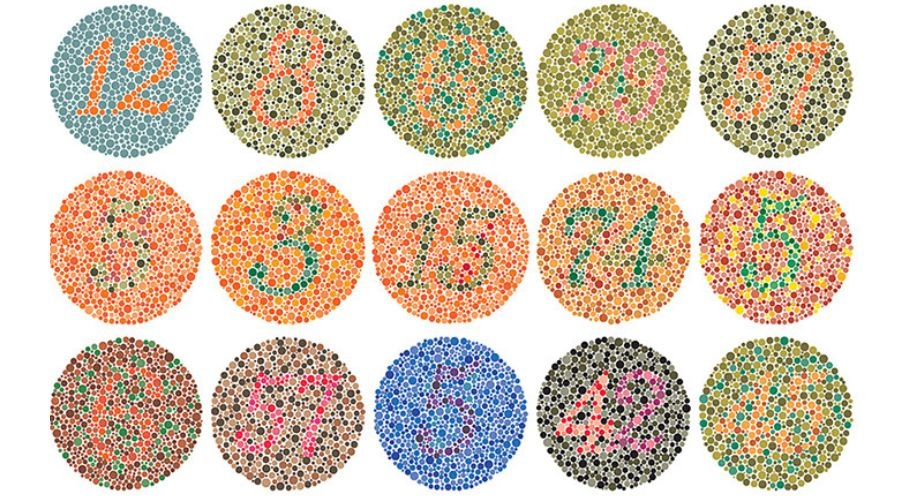Understanding Different Types of Color Blindness
- BY Dr. Steven Liem
- IN Eye Care

Color blindness, also known as color vision deficiency, is a common condition that affects the perception of color. It occurs when the eye’s color-detecting cells, called cones, are absent or malfunction. This condition affects a significant number of people and can have a significant impact on daily life, from simple tasks like choosing ripe fruit to more serious concerns like interpreting traffic signals. Let’s delve into the various types of color blindness to shed more light on this common but often misunderstood condition.
Red-Green Color Blindness
The most common type of color blindness is red-green color blindness, affecting approximately 8% of males and 0.5% of females of Northern European descent. This condition is characterized by difficulty distinguishing between red and green hues. There are four subtypes of red-green color blindness:
- Protanomaly: In this subtype, red appears more green and less bright.
- Protanopia: Red appears black, with certain shades of orange, yellow, and green appearing yellow.
- Deuteranomaly: This is the most common form of color blindness where yellow and green appear redder and it is difficult to tell violet from blue.
- Deuteranopia: Red looks brownish-yellow and green looks beige.

Photo from American Optometric Association
Blue-Yellow Color Blindness
Blue-yellow color blindness is less common than red-green, affecting fewer than 1 in 10,000 people worldwide. Individuals with this type of color blindness have difficulty distinguishing between blue and green, as well as yellow and violet. There are two main subtypes:
- Tritanomaly: Those affected see blue as greener and it can be difficult to tell yellow and red from pink.
- Tritanopia: Blue appears greener and it can be challenging to tell yellow from violet.
Complete Color Blindness
Complete color blindness, or monochromacy, is extremely rare. Individuals with this condition see no color at all – only shades of gray. This condition is further divided into two subtypes:
- Cone Monochromacy: This is a rare subtype where two of the three cone cell photopigments are missing and color vision is based only on the remaining type of cone.
- Rod Monochromacy or Achromatopsia: This is an extremely rare, non-progressive inability to distinguish any colors as a result of absent or nonfunctioning retinal cones. People with this condition see only black, white, and shades of gray.
Color blindness can significantly impact a person’s ability to perform certain tasks, but with the right support and adaptations, it’s possible to live comfortably and successfully. For those who wear glasses, Zenni offers a variety of high-quality eyewear to ensure optimal vision.
It’s important to remember that if you suspect you or a loved one may have a color vision deficiency, it’s crucial to consult with an eye care professional for a proper diagnosis and guidance on managing the condition.


